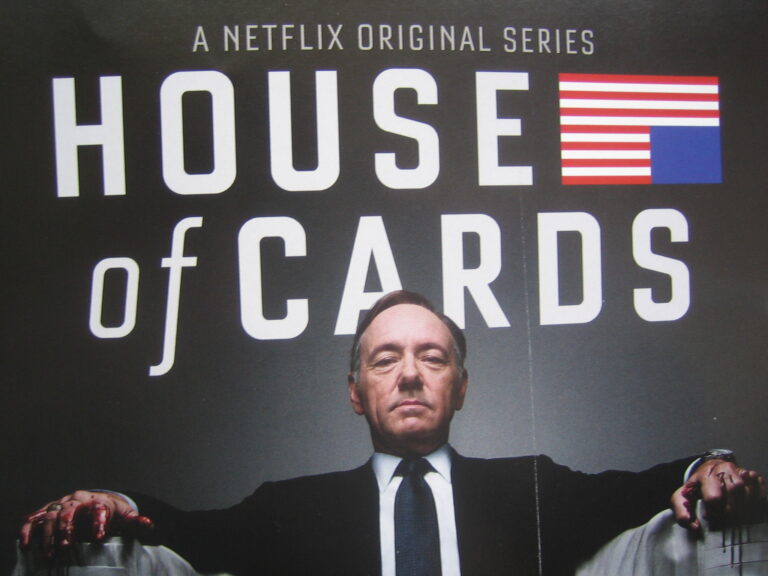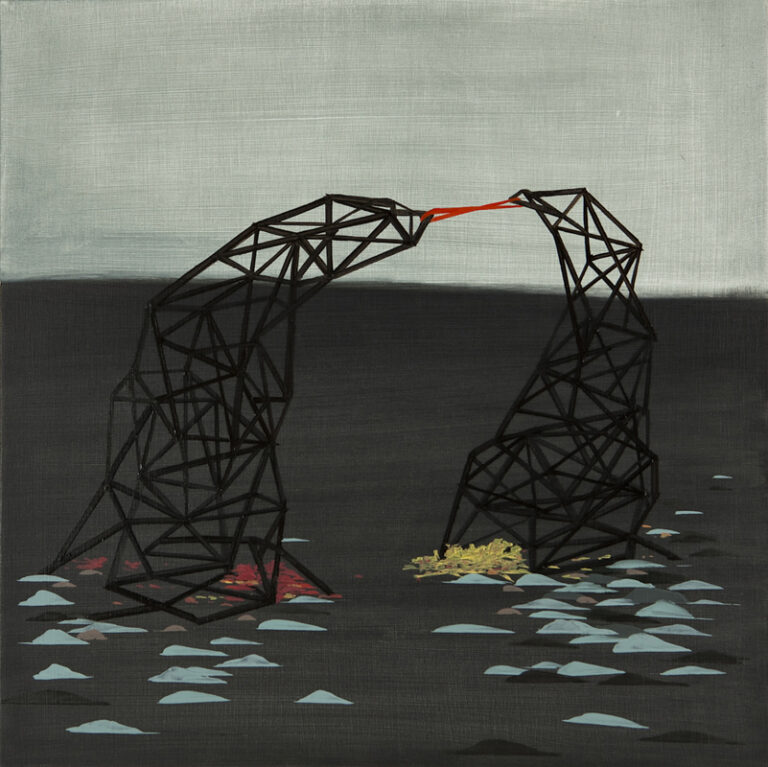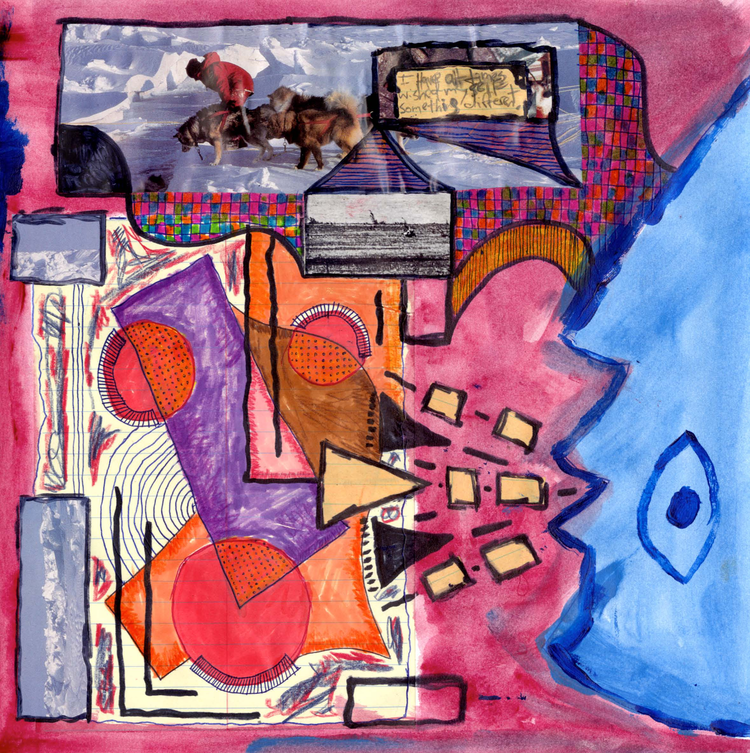Ambiguity: The Boundary Between Psychosis and Reality in Science Fiction
Television culture means that we often lack the depth to deal with ambiguity. The complexity of novels eludes our attention; we often prefer the truncated and clear narratives of sitcoms, where a plot line is fully resolved in forty-three minutes. The beauty of ambiguity, and of the blurred line between reality and divergent reality, is underrated.
Consider alternative mental states, including states of mental illness, which can often feel like occupying another universe. Functional people glide by on their electric Segways outside the space pod of your apartment. Meanwhile, you exist in another space: the world of couch and ennui, late-night TV, and mustering the courage to get out of bed. Your mind constructs this other space, which intersects with reality only at tangents. This construction mimics the world created in science fiction: an alternate universe only in your own mind.
Within one’s own mind—and within a character’s mind—only a psychologist or a reader (read: impartial third party) can determine where the boundary between reality and fiction “really lies”. But the true location of the boundary between mental illness and reality in science fiction is an unknown quantity, an ambiguity. What is real and what is, in fact, imagined?
For a character in science fiction, this ambiguity plays itself out in a lack of clarity as to whether what she experiences is an actual, external facet of reality or whether her experience is created or augmented within her own mind. Science fiction is distinctive in this regard, since occurrences which would be automatically considered hallucinations within literary fiction are well within the realm of plausibility.
Authorial Ambiguity
Most of the science fiction writer Philip K Dick’s novels, including well-known ones like Valis and Do Androids Dream of Electric Sheep?, have characters who are navigating, quite opaquely, the boundary between reality and self-induced mental states. Dick identifies as schizophrenic, and was diagnosed as a teenager with schizophrenia, but wrote his books without medication. Within his work he narrated episodes of what he termed “nervous breakdowns” that are, by some accounts, autobiographical.
Dick “saw his fiction writing as the creative attempt to describe what he discerned as the true reality” and often blurred the line between autobiography and constructed fiction. Regardless of how strictly autobiographical his narration was, he wrote his experiences into his work. In Valis, Horselover Fat, the protagonist, is an echo of the author, as is the character Phil.
And because of (not despite) his genre, his books are considered some of the pre-eminent novels of the 21st century. Regardless of where the boundary lay, it was Dick’s pushing at the boundary that gave him such richness and breadth. Ambiguity in his work was not only valuable, it was essential.
Character Ambiguity
Outside of the realm of science fiction, we know to question our experiences when they appear to diverge strongly with reality; we know that something is a hallucination when someone else cannot verify its presence.
Or do we? In some novels, not just science fiction ones, the boundary is blurry. For example, in J. Robert Lennon’s Familiar, the protagonist thinks she has slipped into a parallel world, one where almost everything about her life has changed. The ambiguity and psychological verve are what keep the novel taut, edgy—the protagonist becomes unsure of her own stability and whether her changed life is physical reality or the result of a breakdown.
Yet while Lennon’s characters mostly move in interior spaces (not fighting galactic wars), his novel shares many similarities with Dick’s: a deterioration of mental states, a suspicion within the mind of the protagonist that larger forces may be at play in his or her breakdown, a bleak hilarity.
Sometimes fiction considered ‘genre’ is put out into that ghetto because it’s too ‘out there’: too wonkish about the space wars, too specific in describing alien beings, and full of all the other tropes we associate with “formula.” But these novels, and many others that don’t so easily fall into categories, are also full of ambiguity—which is what makes them work so well.


